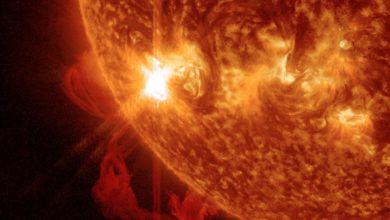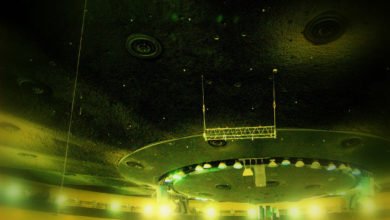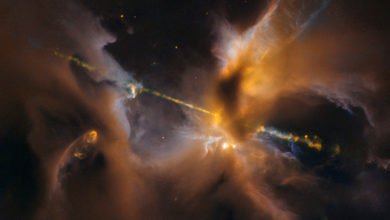
Have you heard of Planet X?
Some call it Nibiru, others the red planet Hercolubus, or simply the Destroyer of Worlds. All are said to be rogue planets that will one day, perhaps soon, crash into Earth and annihilate all life on the planet.
In fact, many believe Nibiru will arrive on December 21, 2012, the end date of this year’s Mayan “prophecies.”
Is it possible a rogue planet will hit Earth, or that there’s something hidden within our own solar system we can’t see? Let’s find out.
They’re Out There
Not too long ago, I wrote about the potential for rogue planets to harbor life.
They’re “rogue” because they don’t orbit a star. Perhaps they were ejected from their original star system, or never belonged to one in the first place. Either way, these planet nomads move freely throughout space, unbound by gravitational forces.
However, research released in May indicated that, sometimes, such a rogue planet may pass through another star system. Even more troubling? There could be an estimated “100,000 times more rogue planets than stars” in our galaxy alone.
So, should we be worried?
Most experts agree that the chances of a rogue planet entering our solar system, much less hitting us (especially now), are slim, perhaps even nonexistant.
Strangely enough, though, it may have already happened. It’s possible our own moon was formed when a rogue planet, roughly the size of Mars, collided with Earth. A new model even suggests that the same rogue planet may not have disintegrated afterwards, as was originally thought, but rather “sideswiped” Earth and continued onward.
If this is true, it may still be out there, somewhere.
Could There Be A Hidden Planet In Our Solar System?
Percival Lowell commenced the hunt for what he called Planet X in 1906, believing it to be an explanation for the unexpected orbits of Uranus and Neptune.
He felt that, since the two planets appeared “displaced from their predicted positions,” the gravity of a third, unseen planet — Planet X — may be interfering with them. He never found it, and died in 1916.
When Pluto was discovered in 1930, many thought it was the fabled Planet X. It was, after all, located in the very place where Planet X was assumed to be. However, upon further investigation (and later with the help of a satellite), scientists determined that Pluto’s gravity hardly affected Uranus and Neptune at all.
In fact, as it turned out, the initial strangeness of the positions of Uranus and Neptune were actually due to an erroneous measurement of Neptune’s mass, and not an invisible third planet.
The story, of course, did not end there.
Planet X
Not all astronomers are convinced we’ve discovered every planet in the solar system, and so the term “Planet X” has become synonymous with, well, an assortment of terrible things. We’ve also discovered a slew of trans-Neptunian objects, such as the Kuiper cliff and Eris, a dwarf planet larger than Pluto. There is, to say the least, much to be discovered.
The idea of Planet X is still alive and well.
That doesn’t mean we’re doomed, and any astronomer you ask is likely to scoff at the idea of an invisible planet hiding behind the sun, waiting to reveal itself in December. If there were, we’d probably know about it for a long, long time.
But I’m sure we’ll find out, one way or the other.






